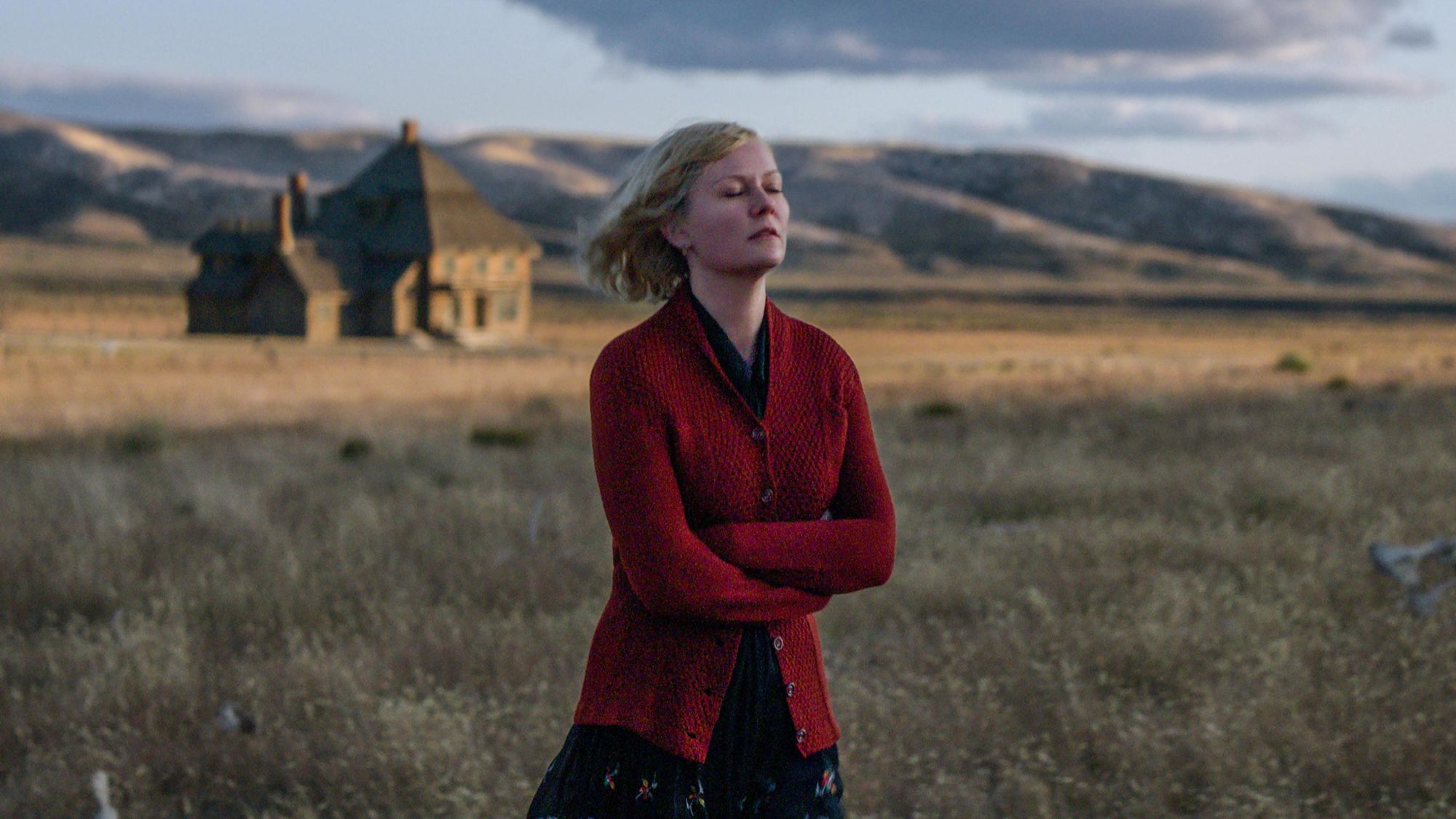Cinematography is the final frontier for women at the Oscars. Gendered acting categories aside, after 93 years, it is the only category that still exists for which a woman has never won an Academy Award.
Reading this statistic back to Ari Wegner, the cinematographer behind awards favorite “The Power of the Dog” laughed, as if she knew it was coming. “I hope that’s gonna change sometime soon,” Wegner said via video call, before hastily adding, “I don’t know who that’s going to be.”
Only 6% of the top 250 grossing films in the US last year had a female cinematographer, according to an annual report produced by The Center for the Study of Women in Television and Film at San Diego State University. To date, only one woman has been nominated by the Academy, Rachel Morrison for Dee Rees’ “Mudbound” in 2017. A woman has never even been nominated for a BAFTA in cinematography.
All this could soon change as a clutch of films with women behind the lens vie for contention. Wegner has already won awards from organizations including the Los Angeles and New York film critics associations, and Claire Mathon (“Spencer”) and Hélène Louvart (“The Lost Daughter”) have also found acclaim.
With major award nominations around the corner, CNN caught up with these three cinematographers, who shared their experiences bringing their films to the screen and much more besides.
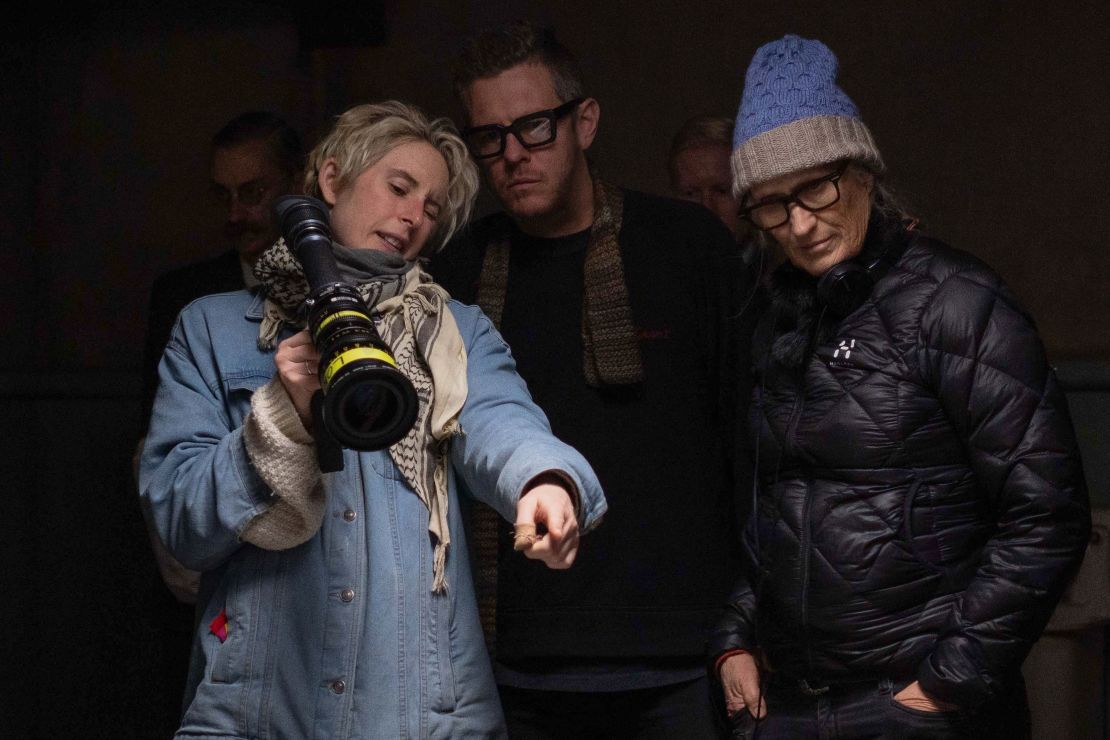
“There’s something way more scary about the sound of someone’s footsteps on a stair … than someone pulling a gun” – Ari Wegner
Wegner rose through indie movies “Lady Macbeth,” “In Fabric” and “Zola” before her collaboration with Jane Campion for “The Power of the Dog,” the largest project of her career to date.
Campion’s adaptation of Thomas Savage’s 1920s-set novel, about cowboy brothers and the fallout when one marries a young widow, was far from straightforward (and that was before Covid-19 imposed a four-month hiatus on the production in 2020). For one, the story is set in Montana, but Montana is too built up today to provide the endless rugged terrain required. Campion turned to Otago in her native New Zealand as a stand-in, which meant Wegner had to capture its beauty while concealing its identity (“there’s some incredibly stunning but just way too iconic views,” the cinematographer said).
Location was among many factors considered during an extensive pre-production. “Jane and I both love planning,” said Wegner. For a month the two went through the script together, working out a comprehensive shot list: Wegner with her “little scratchings” and Campion with her “beautiful” illustrations, said the cinematographer. Anyone who has seen the film knows how crucial the drip-feeding of information is, and so establishing precisely when to show something and how much to show was key. The result, said Wegner, is “pretty much every shot you see had an origin in a shot that we drew.”
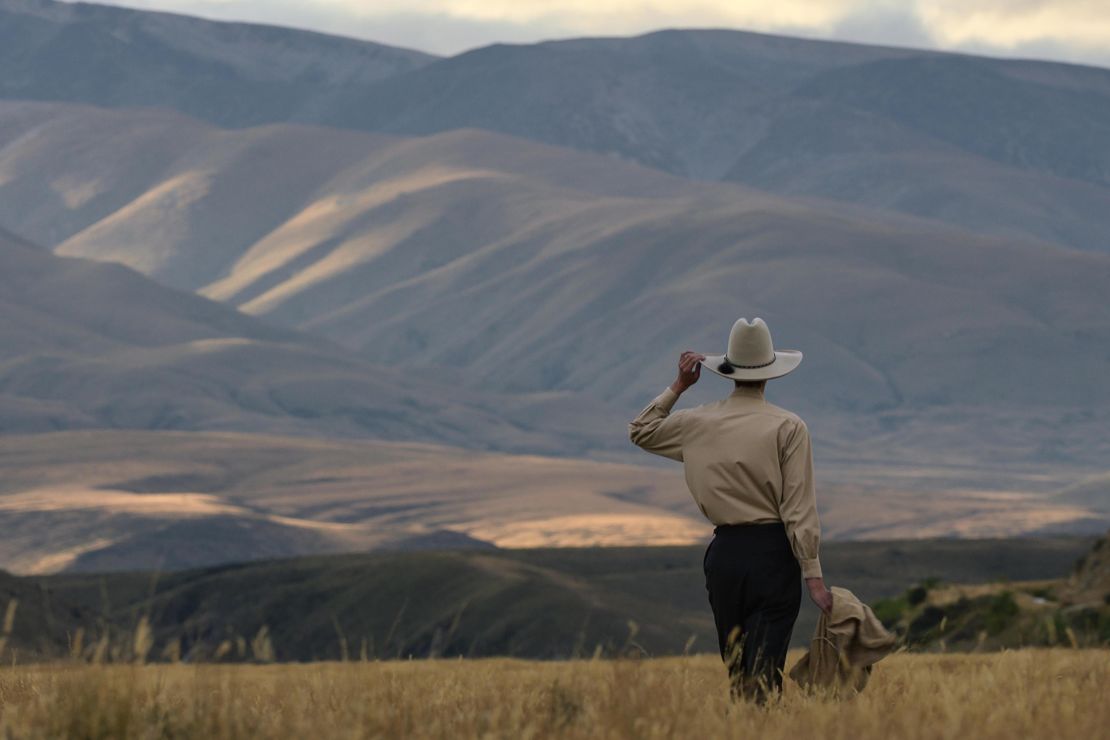
Though novel and film have often been described as a neo-Western, Wegner said the genre was far from her and the director’s minds. “There’s cowboys, cows, expanses, ranches, but in many ways, that’s where the commonality ends,” she explained.
Wegner and Campion had “no real interest in guns … we don’t really find them sexy, or that they add anything.” Psychological violence takes precedence over physical violence, Benedict Cumberbatch’s Phil Burbank being the chief exponent.
Phil, the cruel brother to affable George (Jesse Plemons), torments his new sister-in-law Rose (Kirsten Dunst) and her son Peter (Kodi Smit-McPhee) for reasons little understood. Wegner shot the Burbank home in the style of a horror movie, making the case that “there’s something way more scary about the sound of someone’s footsteps on a stair … or someone pulling a chair back from the table … than someone pulling a gun.” She succeeds and then some.
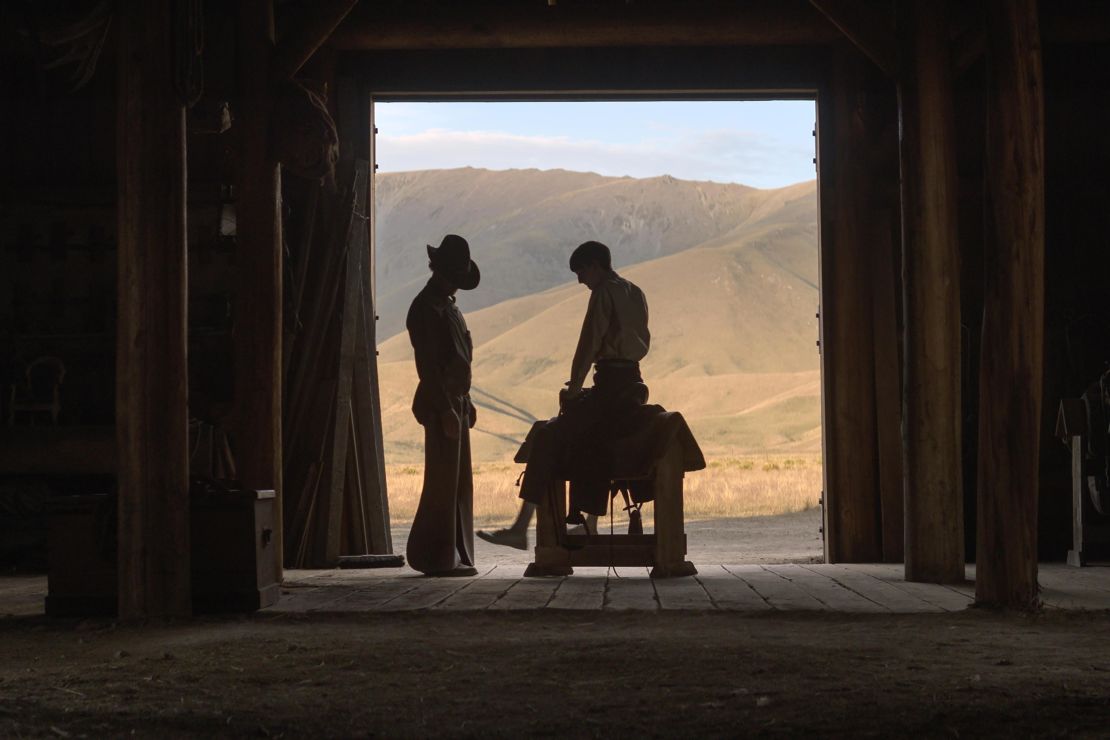
The rigorous planning gave way to a more spontaneous approach when capturing the unobserved, private Phil, a world away from his public persona. Wegner turned to handheld to film Cumberbatch, who stayed in character on set.
“It was myself and Phil – because Benedict wasn’t really around,” said Wegner. “That was a bit of a negotiation, because you get in the room with someone who is not an easy person and is probably having some strong feelings. But that was the energy of it.”
“You need to be emotionally involved,” she added, “to anticipate where the camera might want to be, or just to have the patience to sit and listen and watch without moving.”
The film’s queer subtext emerges in these scenes; cracks appear in Phil’s fa?ade and suppressed emotions ripple across Cumberbatch’s face. “It was breathtaking to witness the dance between Ari and Ben in those moments,” Campion recalled in an email. “I believe (the cast) completely trusted her sensitivity and talent.”
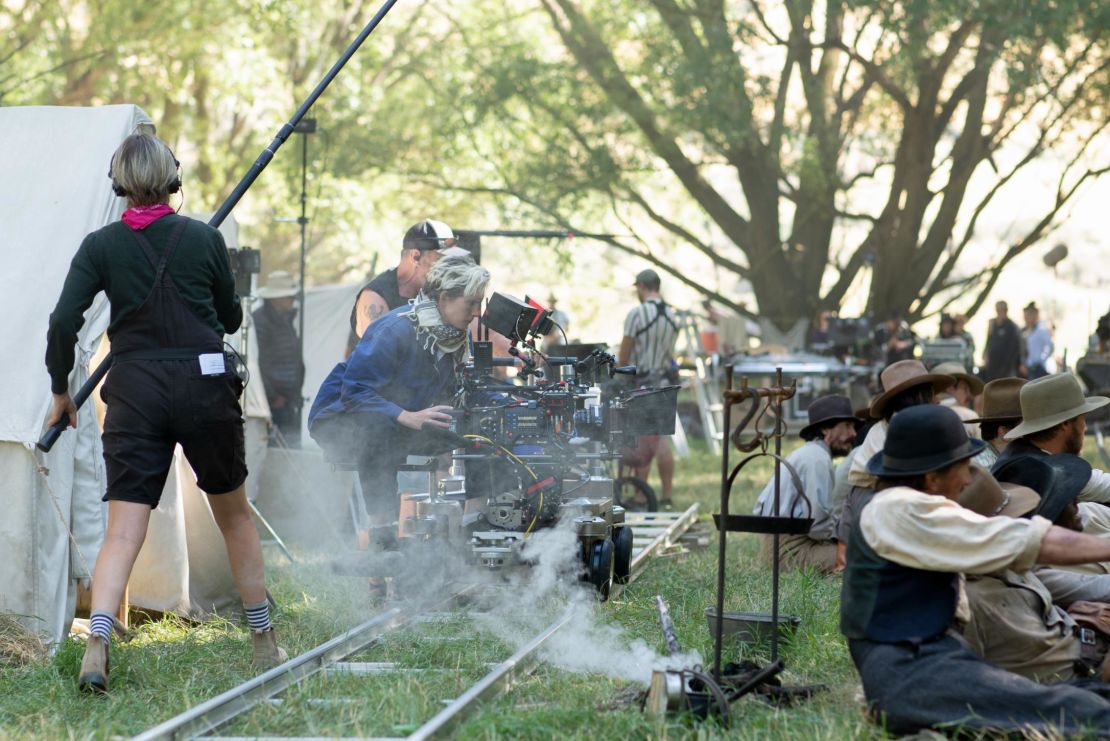
The director knew she wanted a female cinematographer for the project. “I know it’s harder for women to be given a chance as a DOP (director of photography), even when they are very talented,” Campion said, and with a male-dominated cast, she looked for “a balance of female and male energy around the set.”
Are opportunities opening up for women behind the lens? Wegner described the film industry as “a really slow-moving ship.” “Even if people want (the industry) to change quickly, it takes a long time for people to gain experience and be trained,” she said.
“I really hope that at some point in my lifetime we won’t need to talk about a crew roll with (a) name attached or their gender attached,” Wegner continued. “It will become like some other industries, where you don’t need to specify that someone’s gender is, because anyone can do that job.”
“In the future (I hope) this conversation won’t be around anymore, but we do have a lot of work to go before we get to that point,” she added.
“It’s more than intimacy. It’s almost interiority” – Claire Mathon, on filming Kristen Stewart
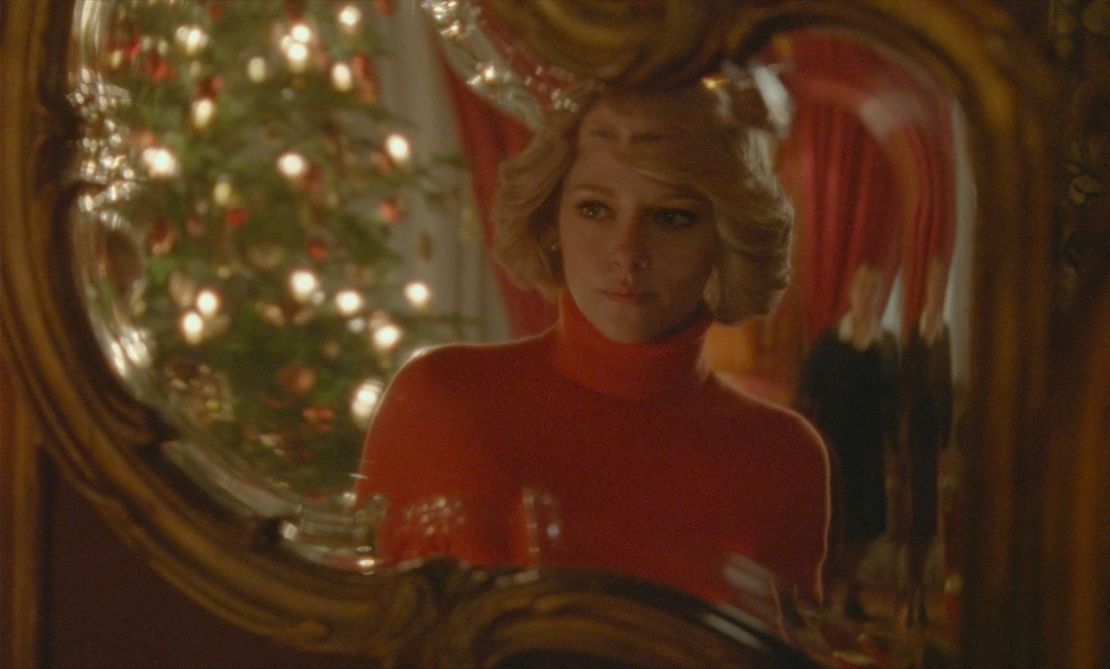
French cinematographer Claire Mathon was behind the camera for two acclaimed films in 2021: “Spencer” by Chilean director Pablo Larrain and “Petite Maman” by her compatriot Celine Sciamma. The latter was not selected by France to compete at the Oscars (though it filled critics’ end of year lists), but her stately work in the dizzy, breathless “Spencer” presents her best chance of an Oscar nomination to date.
Larrain created a fictitious account of Princess Diana (Kristen Stewart) enduring Christmas with the royal family as her marriage lies in tatters. Tonally, it owes a debt to movies like “The Shining” and is a departure from more conventional depictions of the royals in the likes of “The Crown.”
The Sandringham Estate, home to royal festivities, becomes the castle the princess must escape from – and in this case it’s the prince trying to keep her there. “(Larrain) said from the start, it’s a fairytale (turned) upside down. It is a princess who makes the choice not to be a princess anymore,” Mathon explained in an interview last November. “It’s more of a deconstruction and it’s less about history.”
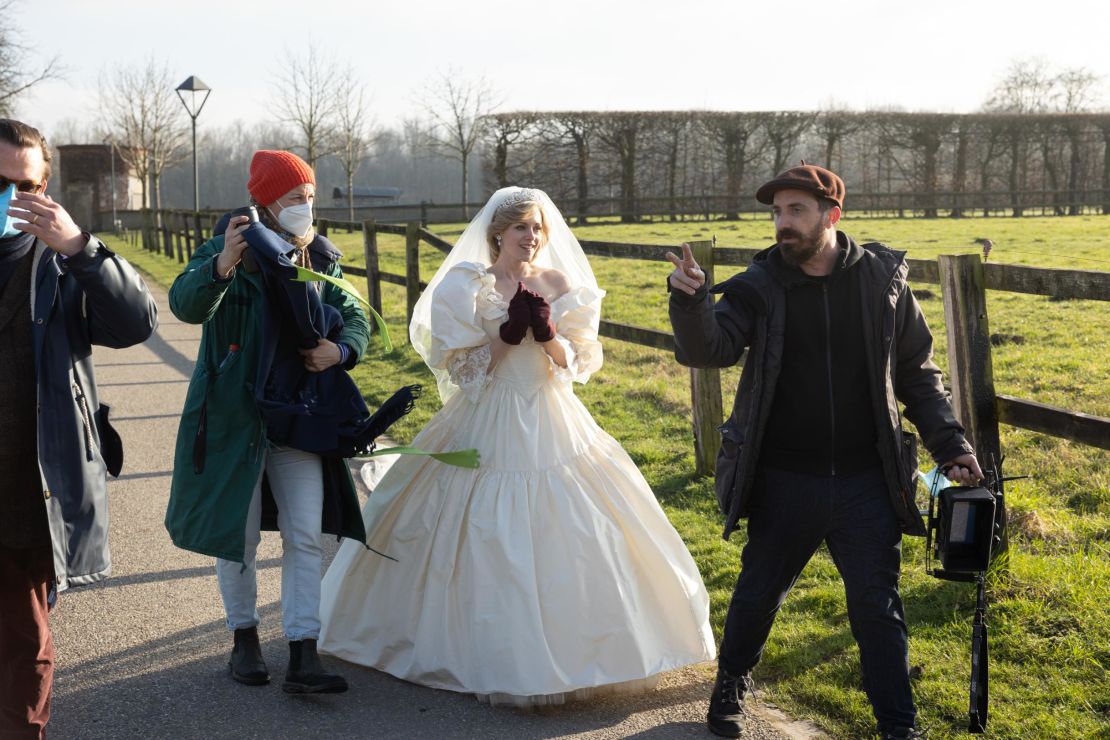
Stanley Kubrick offered inspiration beyond “The Shining,” said the cinematographer. Mathon and Larrain watched the American’s adaptations of William Thackeray’s “Barry Lyndon” and Anthony Burgess’ “A Clockwork Orange” while preparing for the shoot. We see glimpses of Kubrick’s influence in formal dinners lit by the glow of candlelight, and tracking shots of Diana navigating the estate’s endless corridors as she seeks a way out of her physical and emotional confines.
Mathon shot in 16mm film, the grain bringing energy and crackle even during the film’s few still moments. Larrain’s construction of scene and space “is very far from naturalism,” the cinematographer said. “It’s a very choreographed film, I think.”

Choreographed though it may be, the film never feels like it’s going through the motions. That’s down to the high-wire antics Mathon and Stewart perform, cinematographer and actor working together as one. “It was Pablo’s idea, this very, very close proximity,” Mathon said. “It’s more than intimacy. It’s almost interiority.”
Some shots were improvised, others not, she explained. The method strays close to art imitating life, given how paparazzi stalked the real Diana, camera in hand.
“I had never been as close to an actress with a camera. I was even scared of touching her,” Mathon said. “But I think that her interpretation played with the camera … It’s one of the subjects of the film: (Diana’s) relationship between hiding and locking herself away, while at the same time being in constant view.”
The subversive use of the camera lens was a move that paid dividends. “At the end of the day, being close to (Diana) is something sincere and, ultimately, very simple,” Mathon said.
“When the acting is good, it’s much easier to shoot well” – Helene Louvart
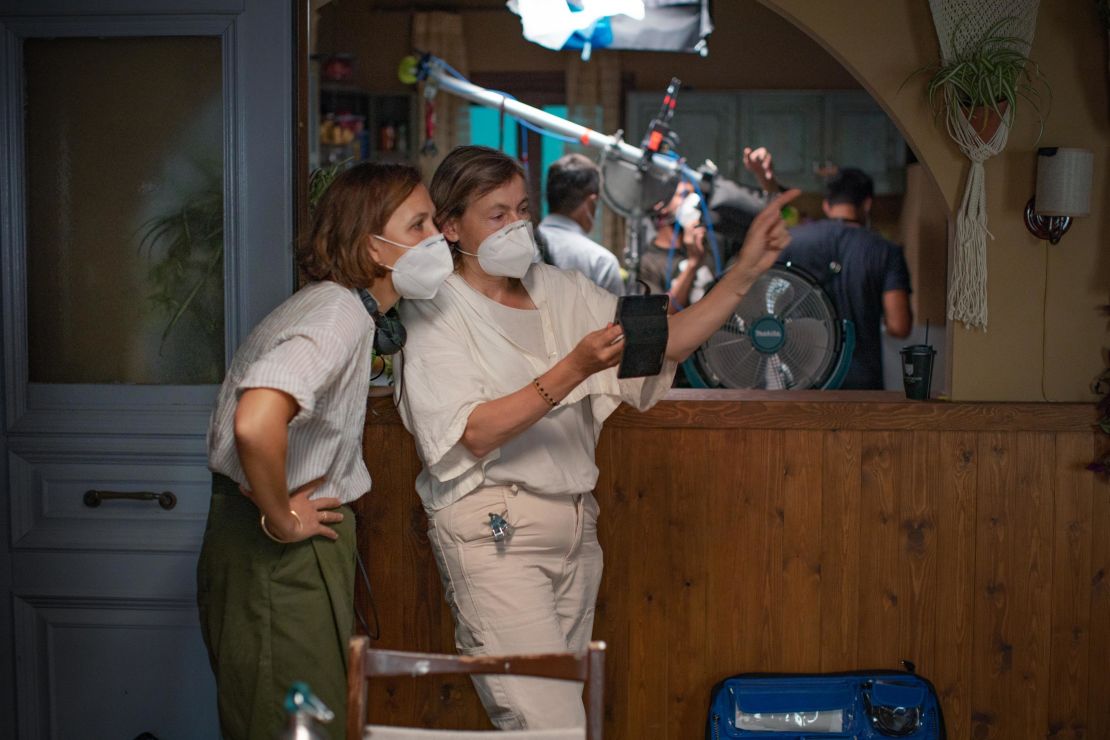
Hélène Louvart had over 100 credits to her name before she signed on to “The Lost Daughter,” Maggie Gyllenhaal’s adaptation of Elena Ferrante’s novel of the same name.
The French cinematographer was no stranger to Ferrante’s work, having lensed episodes of “My Beautiful Friend,” HBO’s adaptation of her Neapolitan novels. Gyllenhaal had seen the series, along with some of Louvart’s other films, and liked how she shot actors, the cinematographer said. “She wanted to have a sort of freedom, to get some intuition and to be inventive,” Louvart explained.
Gyllenhaal’s debut as director flits between two periods in the life of Leda, an academic whose holiday is disrupted by an American family. When its youngest member goes missing and Leda (Olivia Colman) helps find her, she forms a bond with the child’s mother Nina (Dakota Johnson) that invokes memories of Leda as a young mother (Jessie Buckley) caught between her own children and her burgeoning career.
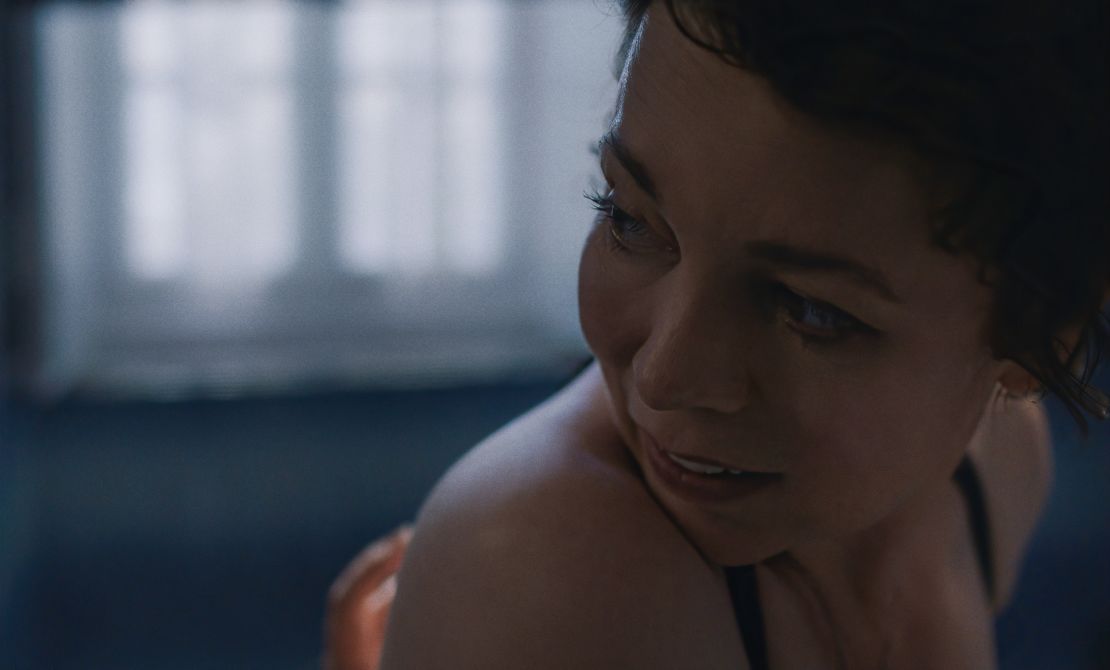
Covid-19 transformed the film radically. Originally set in New Jersey, the production moved to Greece and allowed the Mediterranean to seep into the story. Plans to shoot in Super 16mm film were scrapped due to logistical headaches and digital was used instead.
Louvart said observation of Gyllenhaal’s meticulous rehearsals meant by the time it came to the 28-day shoot, “we knew perfectly what we wanted to get for each scene.”
“We wanted to stay simple and to be close to the character,” she explained, adding that Gyllenhaal wanted the audience to feel that they are with the two Ledas.
The spectacle of “The Lost Daughter” lies in its performances, and Louvart’s compositions focus closely on faces. We process the world through Colman and Buckley’s features; every irritation and disappointment, each victory, little and large. Louvart’s lens has the subtle job of capturing commonality and dissonance between Colman and Buckley’s performances, bringing them together into a finely painted diptych of a woman who dared to ask more for herself than society was willing to give.
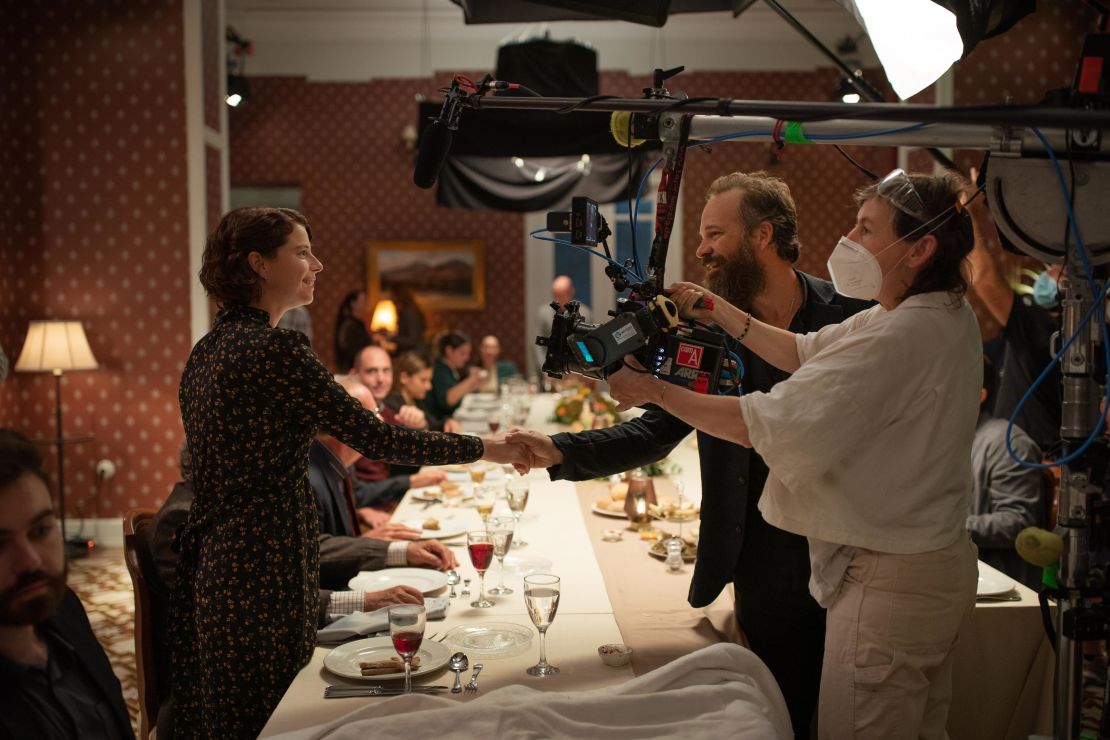
“The way (Gyllenhaal) directs these characters, I have to say it’s amazing. Watching her directing Olivia or Jessie, I learned a lot,” Louvart said.
“When the acting is good, it’s much easier to shoot well,” she added. “Sometimes you just have to be there.”
The cinematographer already has a list of directors with whom she’s established long-term relationships. So after this first foray, can she see herself working with Gyllenhaal again?
“I was so impressed with her work,” said Louvart.”Cinema is an international language. I understood her, she understood me. For sure we will continue.”

